Related Research Articles

The National Library of Ireland is the Republic of Ireland's national library located in Dublin, in a building designed by Thomas Newenham Deane. The mission of the National Library of Ireland is "To collect, preserve, promote and make accessible the documentary and intellectual record of the life of Ireland and to contribute to the provision of access to the larger universe of recorded knowledge."
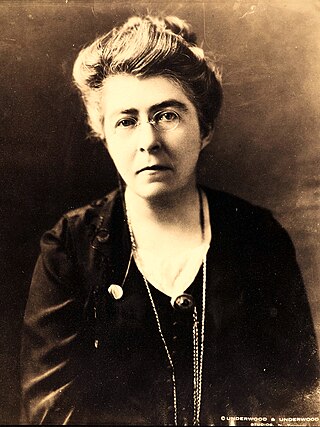
Johanna Mary Sheehy-Skeffington was a suffragette and Irish nationalist. Along with her husband Francis Sheehy-Skeffington, Margaret Cousins and James Cousins, she founded the Irish Women's Franchise League in 1908 with the aim of obtaining women's voting rights. She was later a founding member of the Irish Women Workers' Union. Her son Owen Sheehy-Skeffington became a politician and Irish senator.
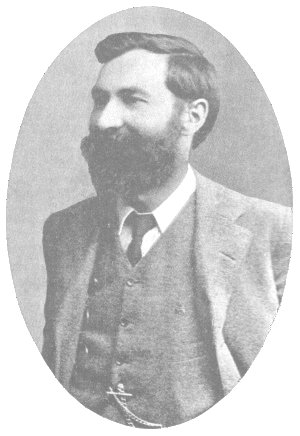
Francis Joseph Christopher Skeffington was an Irish writer and radical activist, known also by the nickname "Skeffy". He was a friend and schoolmate of James Joyce, Oliver St. John Gogarty, Tom Kettle, and Frank O'Brien. When he married Hanna Sheehy in 1903, he adopted her surname as part of his own, resulting in the name "Sheehy Skeffington". They always spelled their joined names unhyphenated, although many sources add the hyphen.
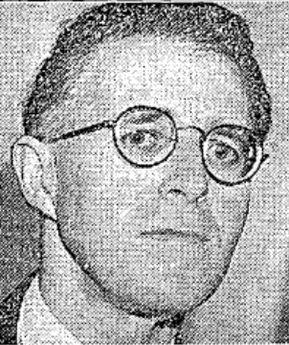
Owen Lancelot Sheehy-Skeffington was an Irish university lecturer and senator. The son of pacifists, feminists and socialists Francis and Hanna Sheehy-Skeffington, he was politically likeminded and as a member of the Irish Senate was praised as a defender of civil liberty, Democracy, separation of church and state, freedom of speech, women's rights, minority rights and many other liberal values.

Woman's Journal was an American women's rights periodical published from 1870 to 1931. It was founded in 1870 in Boston, Massachusetts, by Lucy Stone and her husband Henry Browne Blackwell as a weekly newspaper. In 1917 it was purchased by Carrie Chapman Catt's Leslie Woman Suffrage Commission and merged with The Woman Voter and National Suffrage News to become known as The Woman Citizen. It served as the official organ of the National American Woman Suffrage Association until 1920, when the organization was reformed as the League of Women Voters, and the Nineteenth Amendment to the United States Constitution was passed granting women the right to vote. Publication of Woman Citizen slowed from weekly, to bi-weekly, to monthly. In 1927, it was renamed The Woman's Journal. It ceased publication in June 1931.
Louie Bennett was an Irish suffragette, trade unionist, journalist and writer. Born and raised in Dublin, she established the Irish Women's Suffrage Federation in 1911. She was a joint editor and contributor to the Irish Citizen newspaper. She wrote two books, The Proving of Priscilla (1902) and A Prisoner of His Word (1908), and continued to contribute to newspapers as a freelance journalist. She played a significant role in the Irish Women Workers' Union, and was the first woman president of the Irish Trade Union Congress.
Sheehy is a surname. Notable people with the surname include:

Margaret Elizabeth Cousins was an Irish-Indian educationist, suffragist and Theosophist, who established All India Women's Conference (AIWC) in 1927. She was the wife of poet and literary critic James Cousins, with whom she moved to India in 1915. She is credited with preserving the tune of the Indian National Anthem Jana Gana Mana based on the notes provided by Tagore himself in February 1919, during Rabindranath Tagore's visit to the Madanapalle College. She was a member of the Flag Presentation Committee which presented the National Flag to the Constituent Assembly on 14 August 1947.

The Irish Women's Franchise League was an organisation for women's suffrage which was set up in Dublin in November 1908. Its founder members included Hanna Sheehy-Skeffington, Margaret Cousins, Francis Sheehy-Skeffington and James H. Cousins. Thomas MacDonagh was a member.

Cissie Cahalan was an Irish trade unionist, feminist, and suffragette.

Marjorie Hasler was an Irish suffragette, deemed to be "the first Irish martyr for the suffragette cause".
Kathleen Cruise O'Brien was an Irish suffragist, Irish language advocate, and teacher.

Rosalind Mary Garcias de Cadiz and Leila Gertrude Garcias de Cadiz, known as the Cadiz sisters, were two sisters notable for their militant involvement in the Suffragette movement in Ireland. They went by the names Jane Murphy and Margaret (Maggie) Murphy during their militancy.
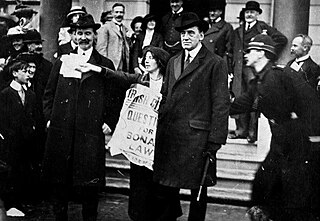
Meg Connery (1881–1956), was an Irish suffragist organiser and activist.

Mary Bourke-Dowling was an Irish suffragette and republican.
Helen Laird (1874–1957), was an Irish actress also known as ‘Honor Lavelle’, a costumier, teacher, and feminist.

Lillian Margaret Metge was an Anglo-Irish suffragette and women's rights campaigner. She founded the Lisburn Suffrage Society, which she left to become a militant activist, leading on an explosion at the Anglican Lisburn Cathedral in Ireland. She was imprisoned briefly, and awarded a Women's Social and Political Union Hunger Strike medal. She continued her campaign, albeit peacefully, during and after World War I.
Patricia Hoey was an Irish journalist, suffragist and nationalist.
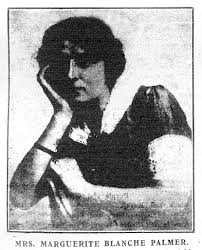
Marguerite or Margaret Blanche Palmer was an Irish suffragette and was among the first group of suffragettes imprisoned in Ireland, and later known as one of the "Tullamore Mice".
Lá na mBan took place across Ireland on 9 June 1918. It was a mass anti-conscription protest organised by Cumann na mBan, the Irish Women Workers Union (IWWU) and other women's organisations, in which women pledged not to do the jobs of men should they be conscripted into the British Army during World War I. Thousands of Irish women signed the pledge on 9 June and subsequent days.